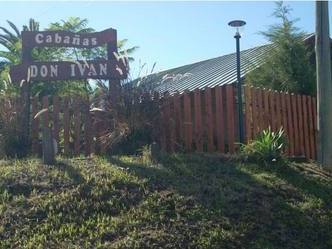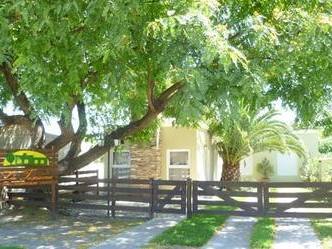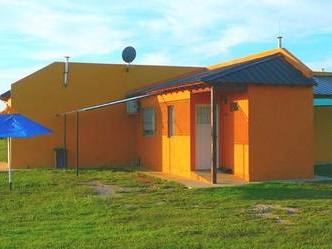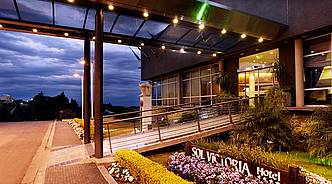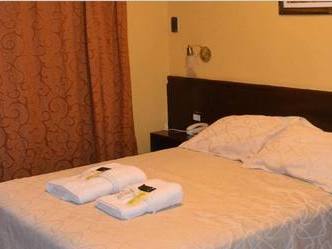The City of Victoria in Entre Ríos has incredible natural attractions to rest and enjoy a wide range of activities. A marvelous city with a life of its own.
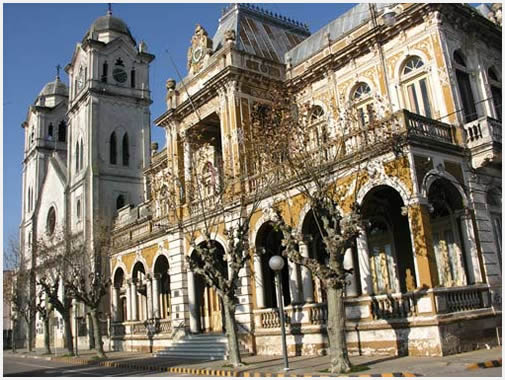
A Little History
These lands, which originally belonged to the Indians, were conquered by the Spaniards in the mid XVIIIth century, but it was the Basque and the Italian from Genoa who made them grow.
In 1831, a decree was passed which set forth that the name of the city should change from La Matanza to Villa Nuestra Señora de Aranzazu, even though everybody knew it as Victoria. Time managed to make it famous as “the city of ironwork”, due to the particular art concentrated there by craftsmen devoted to this trade.
Located at the start of the Paraná Delta, this city works as the perfect entrance to a conglomerate of islands and rivers from where all kind of nautical sports, as well as sport fishing, may be practiced. The large armado and the famous amarillo, typical local fish, stand out in these waters.
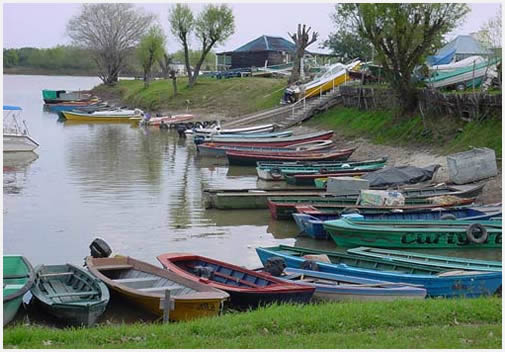
The Niño Dios Abbey and its old flour mill (today turned into a luxurious hotel); Las Caleras or Quinto Cuartel neighborhood; its majestic parish church opposite San Martín square; the Ombúes Wood and the Matanza Wood are a must, as well as the UFO museum, which attracts curious visitors and lovers of science fiction.

The Historical Shell
In 2000, the historical shell of the City of Victoria became part of the assets protected by the national authorities thanks to the appointment made by the National Museum, Monument and Historical Places Committee. In 2002, the city was declared of National Historical Interest by a decree passed by the Chamber of Representatives of the Nation.
In 1994, architects Gualberto Basaldúa, Juan Carlos Gonzálvez, José María Otegui and María Silvia Velando, made an inventory of the most outstanding elements of the city’s architectural heritage as a consequence of the construction of the bridge joining the city with Rosario. This inventory was aimed at protecting the various historical locations in the city, from the oldest houses to the most representative institutions.

The Waterfront and the Paraná
The waterfront avenue is one of the most beautiful spots in the city. There, it is possible to have direct contact with nature amidst a scenery teeming with espinillos eucalyptus, carob trees, lapachos and conifers, spread along very green hills where there are also willows, ceibos and most of the flora and fauna specimens that make up the Paraná Delta.
Outdoor tours are enjoyed both by the locals and tourists. Golfing, adventure, the bathing resorts, photography, as well as a tour around several estancias are part of the varied range of activities available for the visitor.
The Anglers, Hunting and Nautical Activities’ Club is an interesting option for those who choose to fish from the shore. Inside the venue, there is also a restaurant where river fish is a specialty.
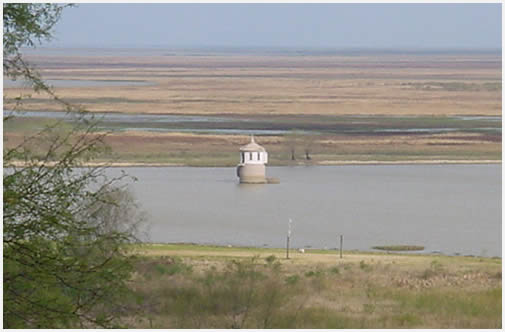
The city’s night life and its international casino with its majestic roulettes and baccarat tables make it possible for the place to have a life and a joy of its own even in the months when carnival is not part of the scene. It is always worth betting for Victoria.











